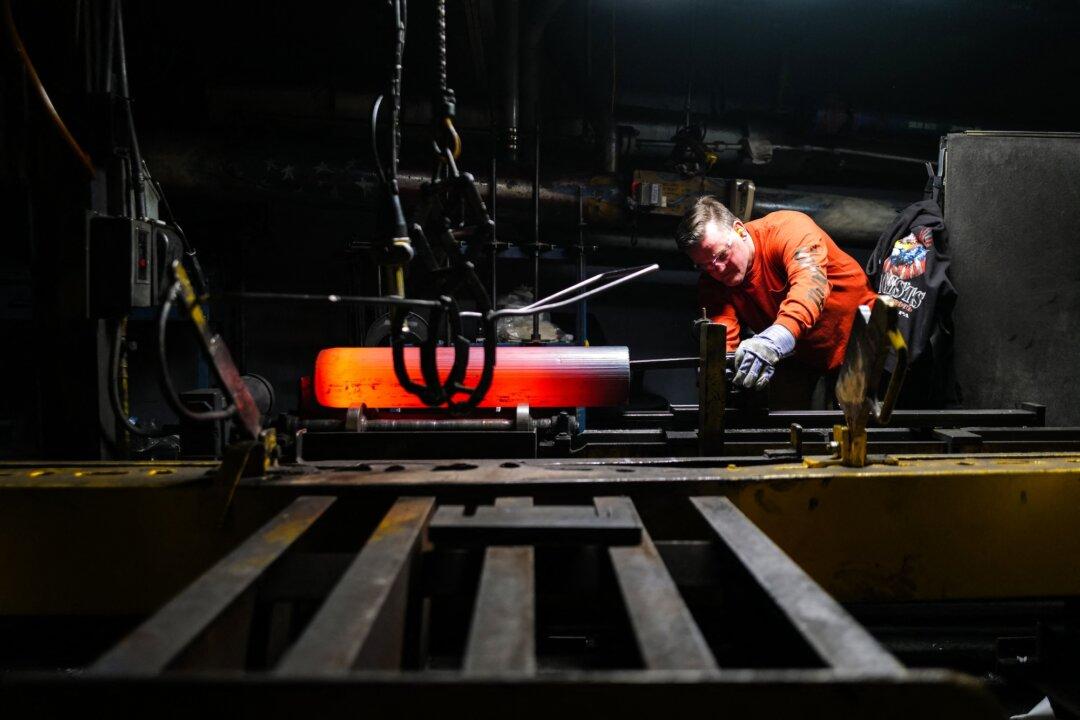News Analysis
China has long used its 10-year anniversary Oct. 1 large scale military parades to intimidate the island democracy of Taiwan and to intimidate the United States from making good on consistent suggestions that it would help to defend Taiwan if China attacks.





